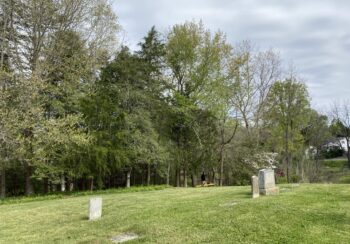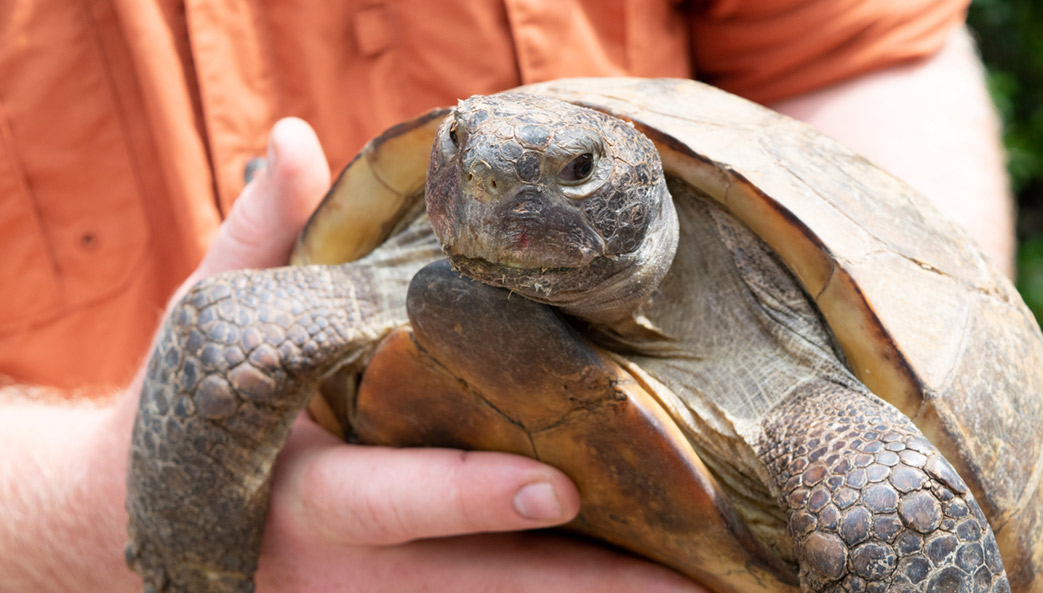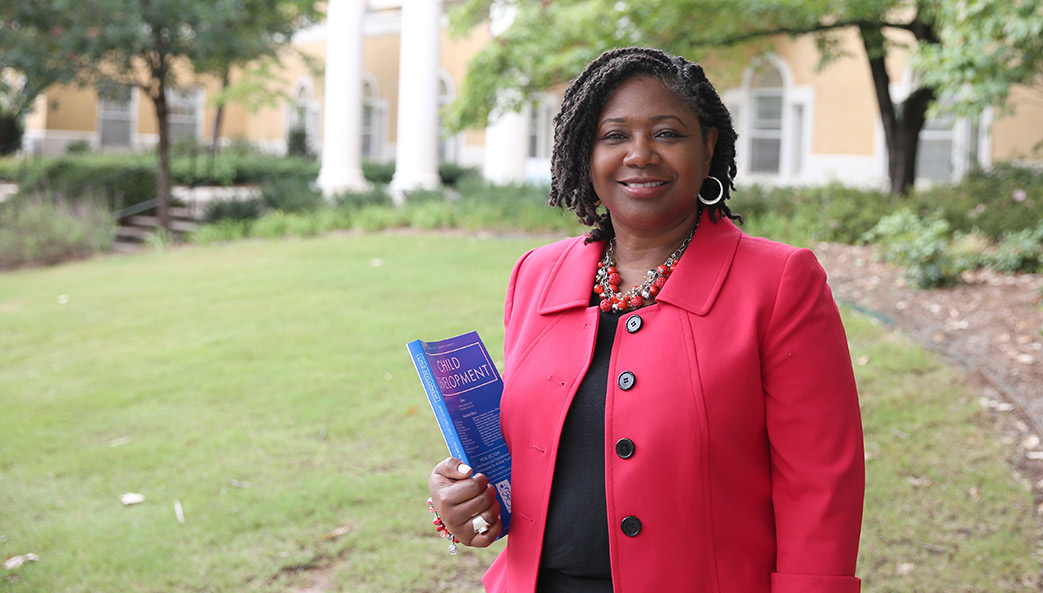Millions of years ago, before humans became fully bipedal, ancestral hominins used stones to break bones and nuts, probably while standing upright. A new study from the Primate Cognition and Behavior Lab in the department of psychology published today by the Royal Society journal Proceedings B documents how contemporary bearded capuchin monkeys likewise use stones to break nuts:
[B]ecause the fossil record is fragmentary and reconstructing behavior from fossils is difficult, changes in the motor control strategies that accompanied the transition from occasional to obligate bipedalism remain unknown. Among contemporary nonhuman primates, bearded capuchin monkeys spontaneously use stones as hammers to break nuts. These monkeys adopt a bipedal stance while using percussive tools and thus provide a unique reference point to clarify one aspect of the transition from occasional to obligate bipedalism, which is, maintaining bipedal stance while handling massive objects.
“We show that these monkeys move segments of the body synergistically to stabilize the trajectory of large hammer stones (> 50% of their body mass) in bipedal stance rather than controlling the segments individually,” said lead author Madhur Mangalam. “As fossils do not preserve movement strategies, our findings provide insight into an unknown facet of hominin evolution. Synergies like those evident in capuchin monkeys may have accompanied the evolution of bipedality in ancestral hominins.”
Mangalam defended Ph.D. thesis in August under Professor Dorothy M. Fragaszy in the Behavior and Brain Sciences Program at the department of psychology. Fragaszy is Co-Director of the EthoCebus Project, a project concerning the behavior and ecology of wild bearded capuchin monkeys (Sapajus libidinosus) in Piauí, Brazil, living in cerrado habitat (open woodland), and co-author on the new paper. The Primate Cognition and Behavior Laboratory has long been engaged in important research and publishing findings related the evolution of behavior. That great work also includes training bright young researchers like Mangalam. Congratulations to the group on this new publication.






